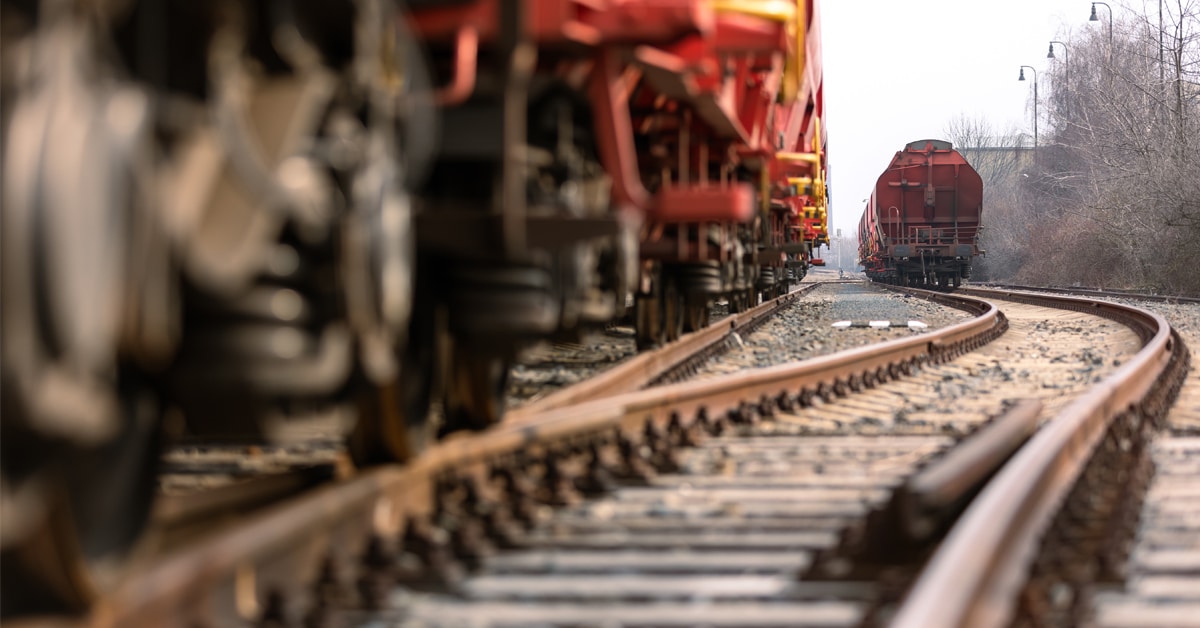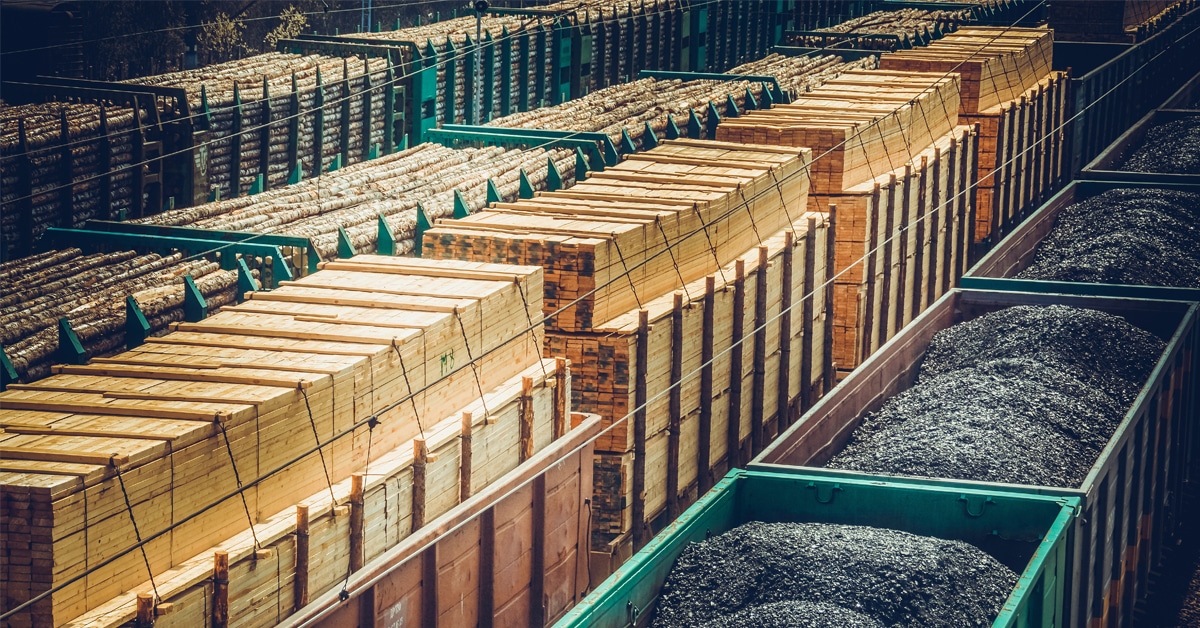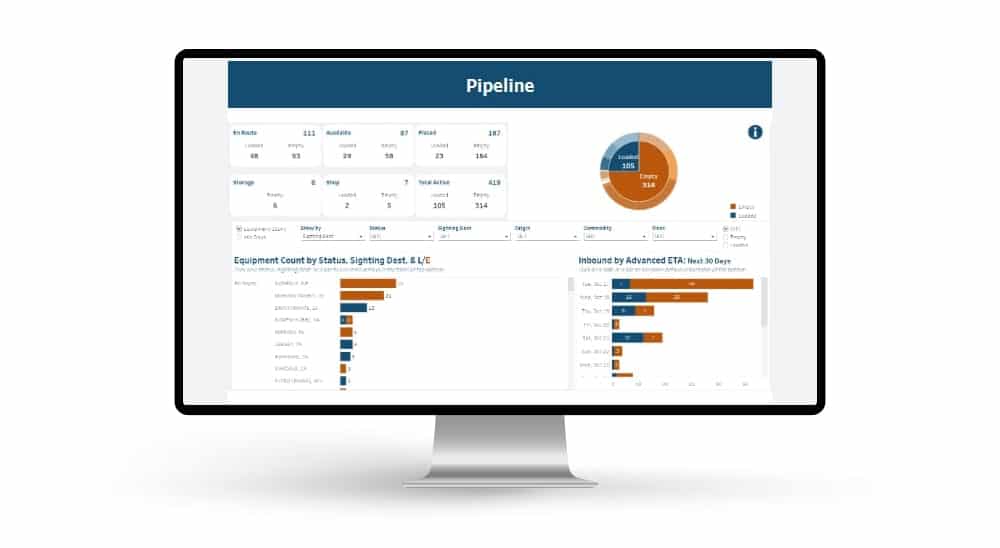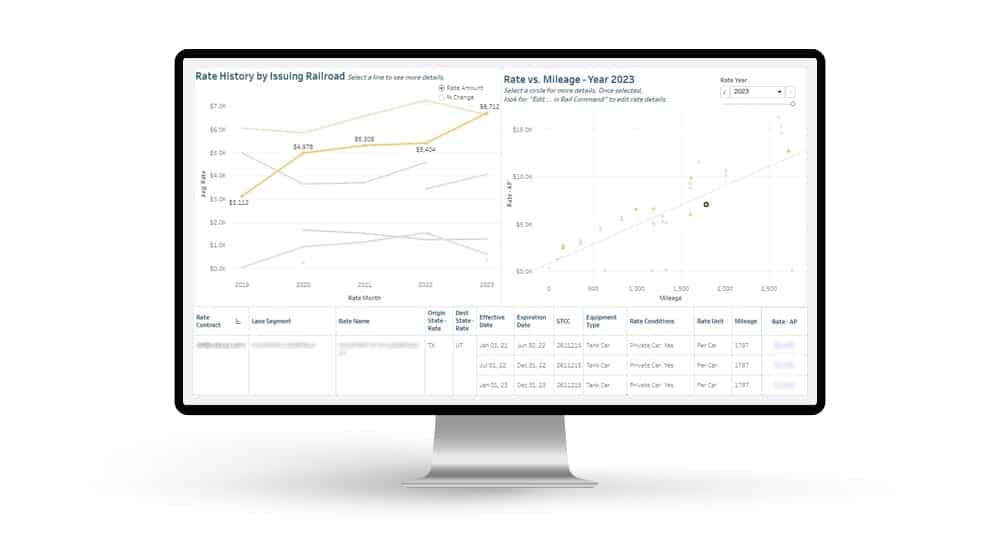Navigating the world of rail logistics might appear daunting, especially for newcomers to the industry. Therefore, this guide aims to simplify the concept, shedding light on its core components and explaining the reasons for its growing significance in contemporary business environments.
What It Is:
The Definition
Rail logistics, in its basic form, can be described as the integrated system that oversees and regulates the transport of goods via railways. This is done by meticulously planning, executing, and controlling the processes required for an efficient transit and storage of goods. Rail professionals manage their supply chain all the way from their starting point to their final destination.
Core Components
Rail Rates
Rail rates are the costs involved in shipping freight by rail from one location to another. These are usually calculated based on the type and volume of goods, the distance covered, and the existing market demand. A vital aspect of strategic planning in logistics, rail rates require continual monitoring and evaluation.
Demurrage
The term ‘demurrage’ refers to the additional charges incurred when a railcar is detained beyond the agreed-upon time frame for loading or unloading. So, timely operations and management of rail cars is important to minimize demurrage costs.
For more information about demurrage, and how to control it, check out our blog on that topic.
Loading/Unloading
The manner in which goods are placed onto and removed from railcars can greatly impact your efficiency and cost-effectiveness. Above all, the goal is to maximize cargo capacity while minimizing any potential damage to goods.
First/Final Mile
Prevailing logistical phrasing describes the initial and final phase of the shipment process as the ‘first/final mile.’ Managing these aspects proficiently can enhance customer satisfaction and profitability while improving operational efficiency.
Railcar Types
Understanding the different types of railcars — each designed to carry a certain kind of freight — is crucial for anyone seeking to master rail logistics. Whether it’s covered hoppers dealing with weather-sensitive goods, tank cars for liquid cargo, or intermodal cars for containers, the type of railcar used can significantly influence freight safety and the cost of transportation.
Boxcars
Historically known as the workhorses of the rail freight industry, boxcars are recognized by their rectangular shape and solid metal exterior. They are versatile and are used to transport a wide array of goods from electronics and packaged items to raw materials.
Hopper Cars
Designed for transporting bulk goods like coal, grains, and aggregates, hopper cars come in two main types: open-top and covered.
Tank Cars
Tank cars are built for the safe transportation of liquids and gases, which is crucial for industries such as chemicals, petroleum, and food-grade products. As a result, these cylindrical cars have reinforced walls to withstand high pressures.
Flatcars
The flat, open design of flatcars makes them highly versatile for transporting oversized or heavy cargo that would not fit in traditional enclosed railcars.
Refrigerator Cars, or “Reefers”
Refrigerator cars, commonly known as “reefers,” are designed for the transport of perishable goods requiring temperature-controlled environments.
Autoracks
Also known as auto carriers, autoracks are specifically designed for the transport of vehicles. Autoracks have a multi-level design with each level equipped with ramps or tracks to securely hold the vehicles in place during transit.
Why It Matters
Cost Savings
Thanks to the economy of scale and effective long-haul freight transportation, rail logistics can offer notable cost savings. Compared to other modes of shipping, particularly truck, moving large quantities over long distances is cheaper with rail freight transportation. However, these savings hinge on monitoring of rail rates, managing demurrage, and optimizing loading / unloading processes along with the first and final mile.
Environmental Responsibility
Compared to road freight, rail transport can reduce greenhouse gas emissions by up to 75%, making it an environmentally responsible choice. If you’re aiming to minimize your environmental impact, rail logistics presents an effective solution.
Reliability
The consistency of rail networks and average freight train speed provide a high level of predictability. Unlike road transport, rail logistics is largely unaffected by common variables like traffic congestion. As a result, rail offers a steady delivery system and greater customer contentment.
Looking for ways to reduce your costs? We can help!



 Automated exception reporting of the railcar tracking data makes it easy to identify and troubleshoot jeopardized shipments, thereby enabling you to provide better service to your stakeholders.
Automated exception reporting of the railcar tracking data makes it easy to identify and troubleshoot jeopardized shipments, thereby enabling you to provide better service to your stakeholders. Receive notification of pending rate expirations. Tariff changes and fuel surcharges can be automatically updated.
Receive notification of pending rate expirations. Tariff changes and fuel surcharges can be automatically updated.